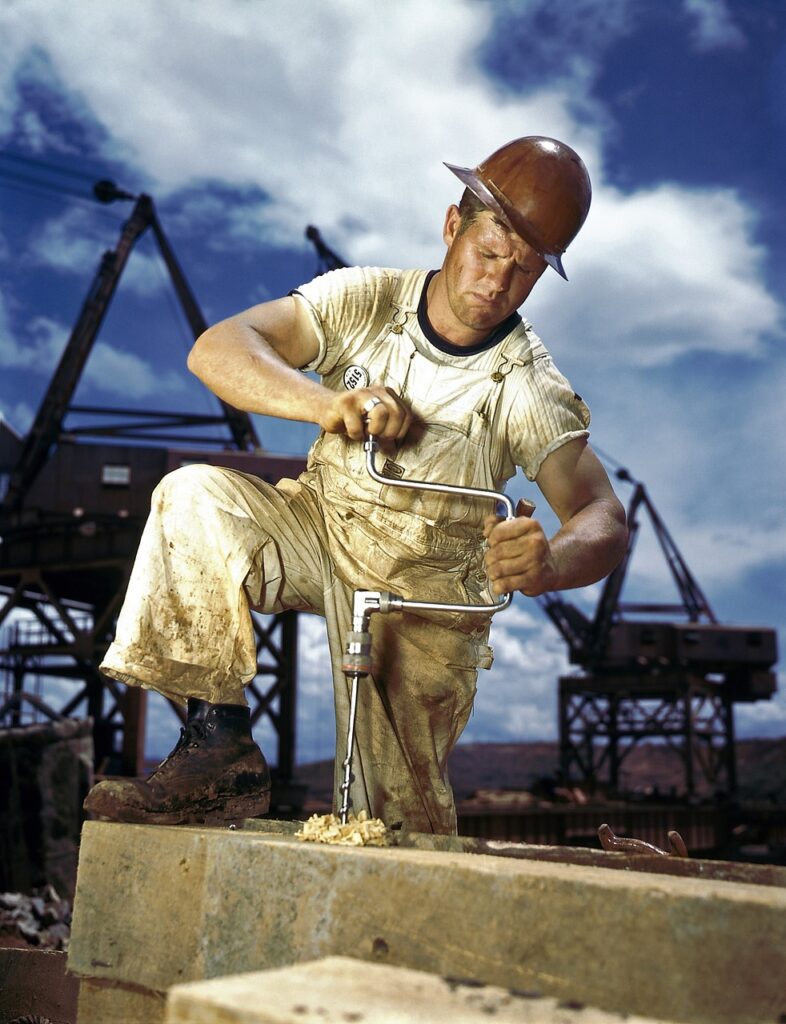Rodent control New Westminster is essential for maintaining a safe and healthy environment in homes and businesses. These pests can cause structural damage, contaminate food, and spread diseases, making effective management a priority for property owners.
The most reliable rodent control methods involve a combination of prevention, monitoring, and professional intervention to ensure long-term results. Understanding the local rodent species and their behaviors is key to implementing these strategies effectively.
Residents and business owners should be aware of common entry points and signs of infestation to act quickly. Early detection helps reduce repair costs and health risks associated with rodent presence.
Effective Rodent Control Strategies in New Westminster
Rodent control New Westminster requires identifying common species, understanding infestation signs, implementing preventive steps, and using safe removal techniques. Each approach targets specific challenges posed by the local environment and urban settings.
Common Rodent Species in New Westminster
The two primary rodent species found in New Westminster are the Norway rat (Rattus norvegicus) and the house mouse (Mus musculus). Norway rats prefer sewers, basements, and low areas near food sources, while house mice are more adaptable, often found inside homes, walls, and storage areas.
Both species are nocturnal and reproduce quickly, with Norway rats producing 6-12 offspring per litter and mice up to 10. They carry diseases such as leptospirosis and salmonella, making early identification important.
Their physical traits differ: Norway rats have brown or gray fur and blunt noses, growing up to 40cm, whereas house mice are smaller, about 7.5-10cm, and light brown with large ears.
Signs of a Rodent Infestation
Visible droppings are one of the clearest signs of a rodent problem. Norway rat droppings are larger (about 1.5-2 cm), scattered near food and nesting sites. Mouse droppings are smaller (3-6 mm) and concentrated in clusters.
Gnaw marks on wood, wires, and food packaging indicate rodent activity. These marks are fresh if the wood appears light-colored. Nesting materials like shredded paper or cloth in hidden areas also suggest infestation.
Unusual sounds such as scratching in walls or ceilings, especially at night, help detect rodent presence. A strong, musky odor is often noticeable in severe infestations.
Preventive Measures for Property Owners
Sealing entry points is critical. Rodents can enter through holes as small as 6mm. Property owners should inspect foundations, vents, and gaps around pipes, sealing cracks with metal mesh or concrete.
Proper waste management reduces attractants. Garbage bins should be tightly closed, and food scraps disposed of promptly. Stored food must be kept in sealed containers.
Maintaining clean yards by removing debris, woodpiles, and standing water prevents rodent shelter. Trimmed vegetation also reduces hiding spots near buildings.
Safe and Sustainable Removal Methods
Trapping is an effective, chemical-free removal method. Snap traps and electronic traps kill rodents quickly, avoiding poison risks to pets and children. Placement is key: along walls and near signs of activity.
Bait stations with rodenticide are sometimes used but require professional handling to minimize environmental impact. Integrated Pest Management (IPM) combines monitoring, exclusion, and targeted baiting to reduce reliance on poisons.
Maintaining cleanliness and ongoing inspection supports long-term control. Professional services in New Westminster often use eco-friendly rodent control to protect local wildlife and avoid chemical contamination.
Choosing a Professional Rodent Control Service
Selecting the right rodent control service requires attention to credentials, detailed property inspections, and strategies for ongoing prevention. These elements ensure effective elimination and reduce the chance of future infestations.
Key Qualities of Licensed Pest Control Providers
Licensed providers have certification that confirms training in safe, effective rodent management methods. They follow local regulations, using approved techniques and products which minimize health and environmental risks.
Experience matters; specialists familiar with New Westminster’s typical rodent species and climate adapt control methods accordingly. Transparent pricing and clear communication about treatments show professionalism.
Providers should also offer written guarantees and emergency support. Choosing someone who can explain the process, expected results, and follow-up is essential for trust and accountability.
Inspection and Assessment Process
A thorough inspection identifies rodent entry points, nesting sites, and food sources. Professionals use tools like moisture meters and camera scopes to assess hidden damage or activity.
Detailed assessment includes property type, surrounding environment, and previous infestation history. Providers may check structural vulnerabilities such as wall gaps, roof edges, and drainage areas.
The results guide a tailored treatment plan targeting specific rodent problems efficiently. They also advise on immediate repairs or sanitation actions owners should undertake to prevent reoccurrence.
Ongoing Maintenance and Monitoring Solutions
Sustained rodent control requires routine checks and traps or baits placed in strategic locations. Professionals schedule follow-ups depending on infestation severity to monitor activity and adjust treatments.
Remote monitoring technology, like smart sensors, helps detect signs early. Maintenance often includes sealing entry points and educating clients on waste management and property upkeep.
Documentation of visits and results assures continuous protection. This proactive approach limits rodent return and preserves property integrity long term.


